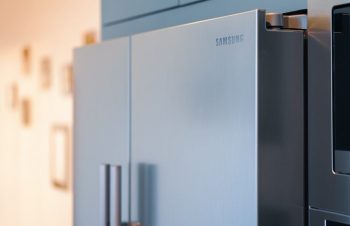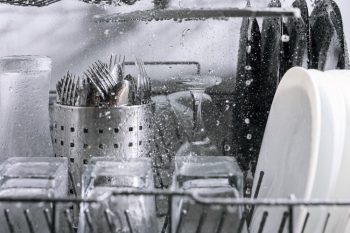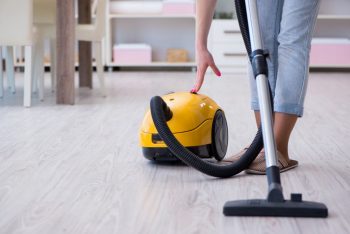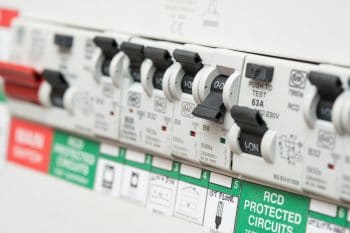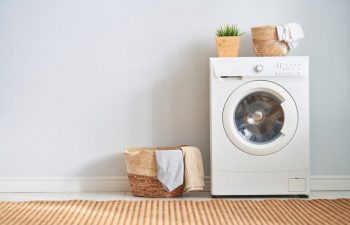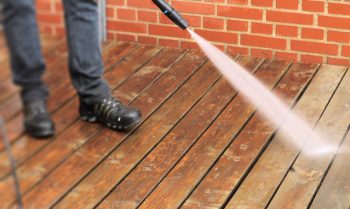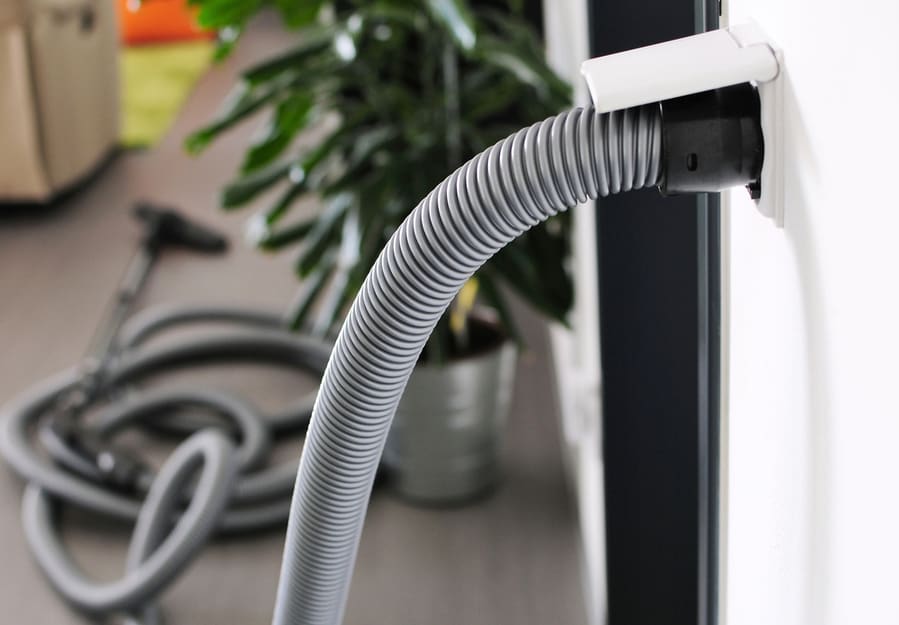
Cleaning is quite a chore, and you know what makes it more cumbersome? A noisy, inconvenient, and costly portable vacuum cleaner.
It is so hard to drag the machine everywhere from corner to corner. Furthermore, the annoying noise from the motor makes watching tv or talking on the phone impossible while doing the cleaning job.
If you agree with us, buying a central vacuum cleaner is your best choice. It is quiet, easy to use, and environment-friendly.
Before you decide to get a central vacuum for yourself, there are several factors that you should keep in mind to get the best one according to your house needs.
The following factors can categorize a central vacuum:
- Air watts and power
- Noise
- Filteration system
- Dust collection system
Are you curious to know more? Read our in-depth buying guide for central vacuum cleaners to get the best product for your home.
Factors To Choose the Best Central Vacuum
There are several types and models of central vacuum available in the market.
Prior research about the product is necessary as you can get overwhelmed with many options. We can categorize the central vacuums on the following factors:
1. Air Watts and Power
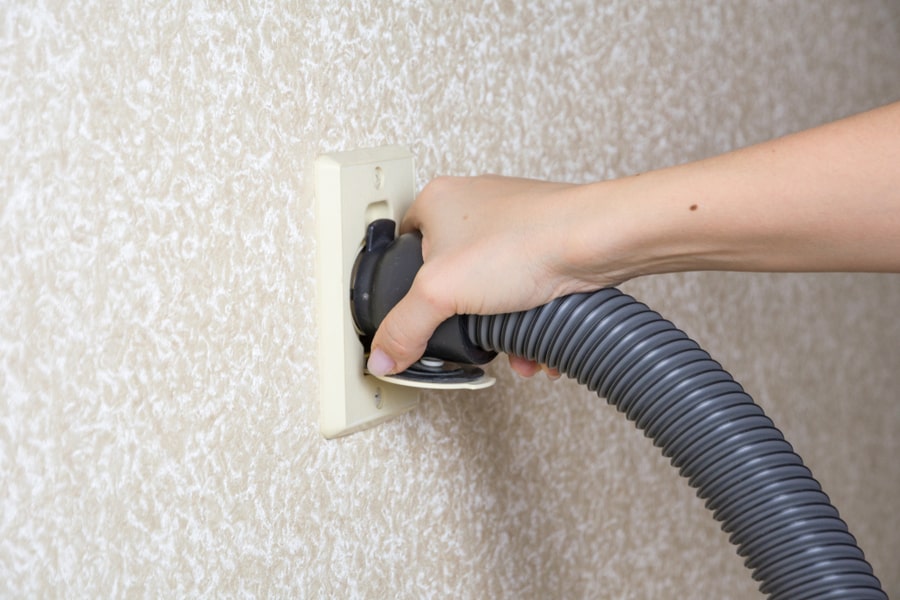
Air Watt is the unit used to measure the efficiency of a vacuum cleaner. It is calculated by the amount of electricity ( watts) a vacuum produces and uses while cleaning, along with the air pulled inside the system.
It is a great way to know the power of the motor placed in the appliance.
You can choose your desired product by keeping your house needs in mind. Additionally, also keep the location of the inlet in mind.
The farthest it is from the central vacuum motor, the less power it will have.
In other words, if you have a two-story house, your vacuum will have less power on the first floor than on the ground floor.
2. Air Filteration
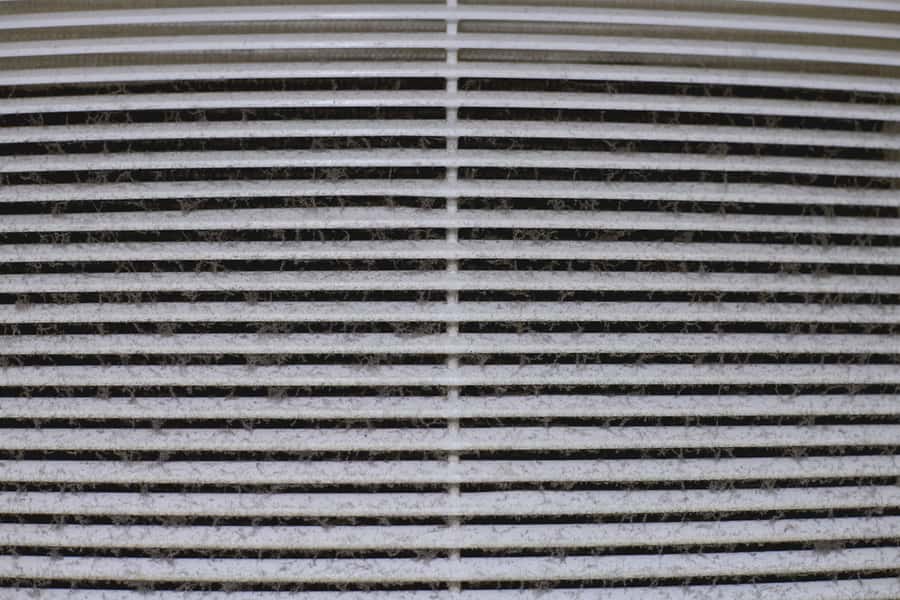
In simple words, vacuum cleaners clean the floors by sucking the dirt and dust. This debris is mixed with the air and carried to the disposable container via pipes.
Before the system exhausts the air, it must be clean of dirt and dust. There are mainly two ways to filter the air:
Cyclonic System
The cyclonic system cleans the air by using centrifugal force. The motor and the collective system spin the air, flinging dust and dirt away.
The debris is collected into a container, leaving the air clean.
It is an excellent option but requires a lot of maintenance for the best performance.
Filtered System
The filtered air cleaning system uses a woven mesh to filter out dirt and dust. The motor passes air through the filter that collects the debris leaving the air clean.
Once it is turned off, the trash goes into the disposable container.
After a while, the filter requires a replacement, as a dirty filter loses efficiency and shows poor performance.
If you want your vacuum cleaner’s longevity, always avoid its contact with sharp objects.
Broken glass pieces or metal can damage the machinery resulting in permanent damage.
3. Dirt Collection System

These are two main vacuum types based on how they collect dust from the floor:
Bagged System
As the name suggests, central vacuums with bagged systems use disposal vacuum bags to collect dirt, dust, and debris from your home.
Once the bag is full, you need to replace it; otherwise, it can burn out the appliance’s motor.
The bagged system is an efficient option as the dirt is collected into a disposable bag and filtered through the filtration process into the central vacuum.
It traps more dust and allergens from the floor and exhausts cleaner air.
Bagless System
The central vacuums with a bagless system collect the debris as the bagged system but store it in a container.
These systems are cheaper to operate, as you do not require to buy vacuum bags all the time.
But you must be vigilant about the filters and replace them if needed; otherwise, dirty filters can impact the cleaning performance of the appliance.
4. Noise
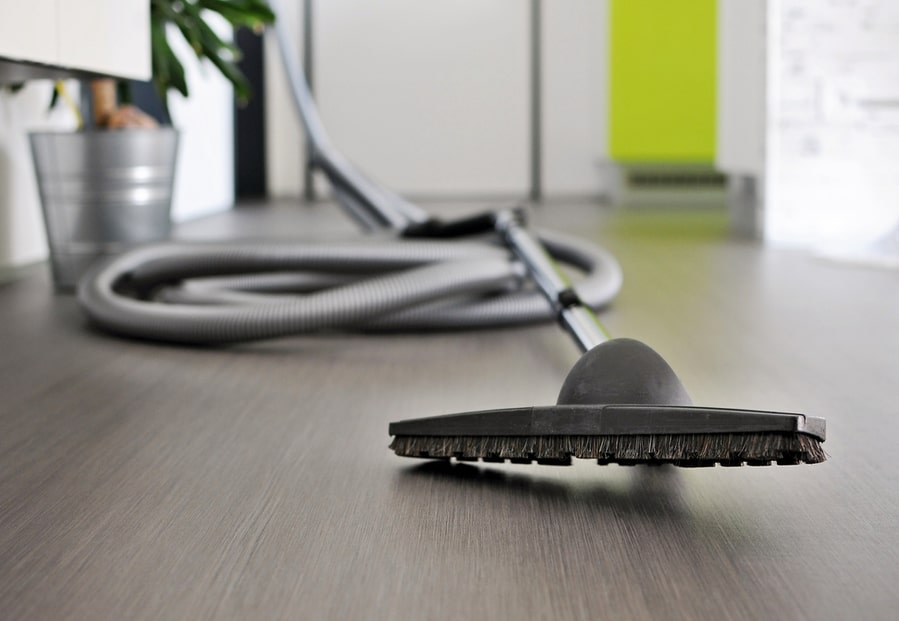
A central vacuum is relatively quite than a portable cleaner because its motor is located in the basement, garage, or closet.
But still, not all cleaners are entirely noiseless. They also have models with different features that categorize them as silent.
The rule of thumb is the lower the decibel rating, the less noisy your cleaner will be.
Cleaners with decibels above 67 are extremely loud and annoying, and any cleaner with a decibel lower than 60 is a suitable option for homes and office environments.
5. Attachments
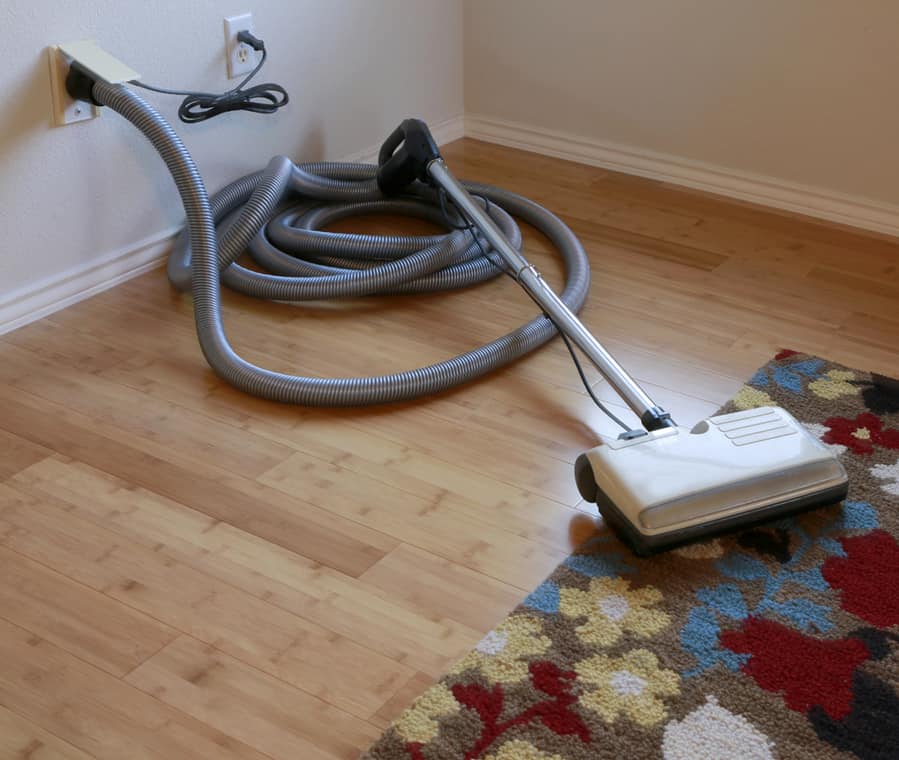
Central vacuums require multiple attachments to maneuver and easily clean the unreachable areas.
Several extensions are available, like floor brushes, powerheads of different sizes, pet brushes, crevice tools, automatic dustpans, and upholstery brushes.
You should know which accessory will be suitable for you according to your cleaning needs.
6. Motor Type
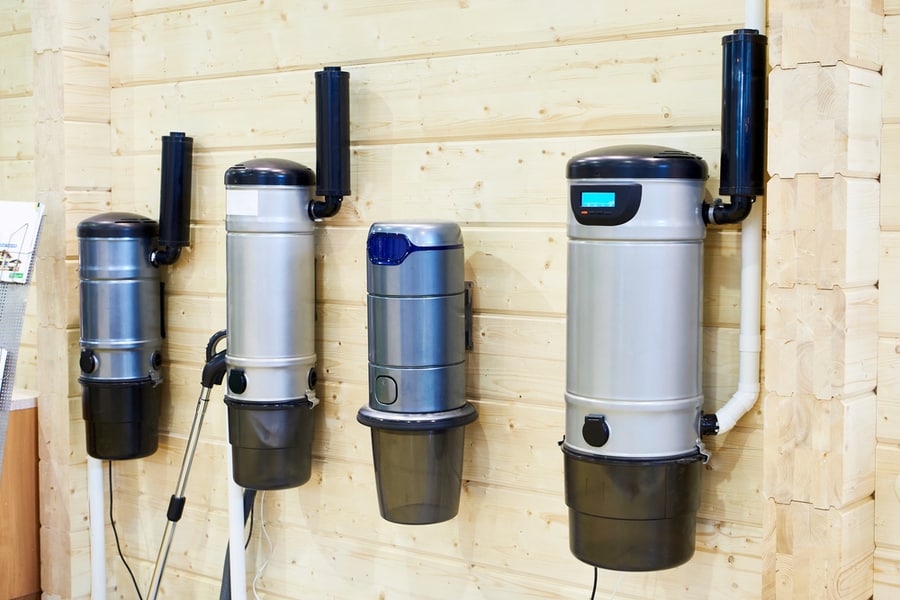
The most critical thing in choosing the right central vacuum for your house is the type of motor installed. You can find three types of motors in the central vacuums:
Flow Through Motor
Flow Through motors are one of the central vacuums’ most affordable motor options. These motors suck the dirty air inside along with the heating element.
It is a cost-effective and quiet option as the air suction keeps the motor cool, and you do not require a second fan or conditioner motor.
However, It requires more maintenance and regular cleaning than other motor types.
Peripheral Bypass Motor
Peripheral bypass motors have a fan attached at the top of the engine, keeping it cool. Pricewise these motors are mid-range but more effective in performance than flow-through type.
It also requires frequent maintenance to avoid repair and replacement hassle.
Tangential Bypass Motor
Tangential Bypass Motors have a separate pipe that sucks the dirty vacuum air. It ensures minimum contact of grime and hot air with the motor making it a durable and efficient option.
Just like a peripheral bypass motor, it also uses a fan to keep it cool.
Takeaway
Central vacuums are the best choice if you love a lightweight, durable vacuum cleaner. This appliance is hassle-free and convenient.
There are several factors to choosing the right cleaner for you. If you have a small apartment, choose an appliance with lower air watts, as it will be a cost-friendly option.
Similarly, choose a central cleaner with lower decibels for people who get bothered by noise. You can also pick the right cleaner according to the different types of motors installed in the appliance.

